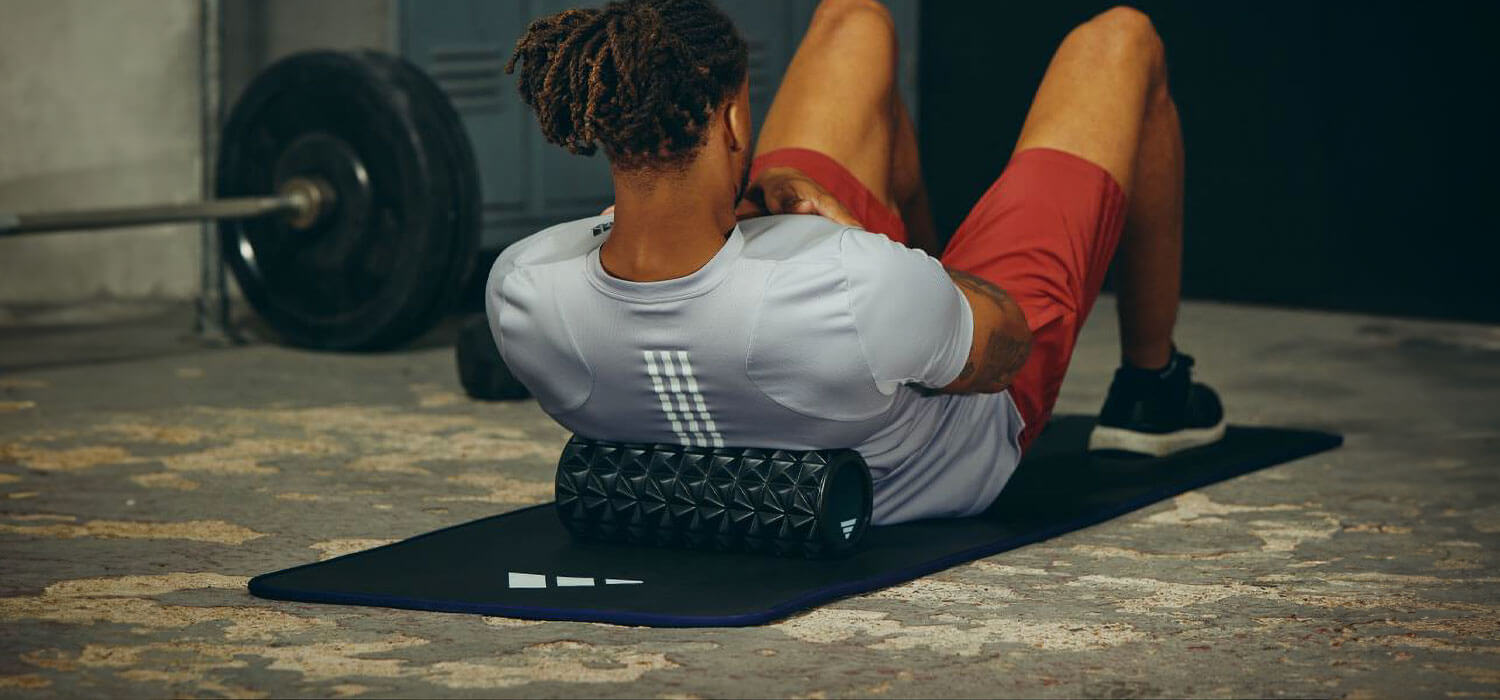Maximising your workouts with foam rollers

Foam rolling has become a popular technique for enhancing recovery and improving performance in fitness enthusiasts and athletes alike. This versatile tool offers numerous benefits, including reducing muscle soreness, increasing flexibility, and improving range of motion. Let’s delve into the benefits of foam rolling and look at the tips and techniques for maximising its effectiveness in your workout routine.
Understanding foam rolling
Foam rolling, also known as self-myofascial release, involves using a cylindrical foam roller to apply pressure to specific areas of the body. This pressure helps release tight muscles and knots, improve blood flow, and alleviate muscle soreness and tension. Incorporating foam rolling into your pre-workout warm-up or post-workout cool-down can help enhance recovery and optimise performance.
Benefits of Foam Rolling
- Alleviates muscle soreness - foam rolling targets trigger points and tight muscles, helping to reduce post-workout soreness and improve recovery time.
- Increases flexibility and range of motion - by releasing tension in the muscles and fascia, foam rolling can improve flexibility and enhance joint mobility, allowing for better movement during workouts.
- Improves blood flow - foam rolling stimulates blood flow to the muscles, which can help speed up the recovery process and reduce inflammation.
- Enhances recovery - incorporating foam rolling into your recovery routine can help prevent injuries, reduce muscle fatigue, and promote overall muscle health.
Tips for effective foam rolling
- Start slowly - begin with gentle pressure and gradually increase intensity as tolerated.
- Focus on trigger points - target areas of tightness or discomfort, spending extra time on trigger points or areas of particular soreness.
- Roll slowly - roll back and forth over each muscle group slowly, pausing on any areas of tightness or discomfort.
- Breathe deeply - remember to breathe deeply and relax into the foam roller, allowing your muscles to release tension.
- Stay hydrated - drink plenty of water before and after foam rolling sessions to stay hydrated and aid in muscle recovery.
Techniques for specific muscle groups
- Quadriceps - lie face down with the foam roller under your thighs and roll from your hips to your knees.
- Hamstrings - sit with the foam roller under your thighs and roll from your hips to your knees.
- IT band - lie on your side with the foam roller under your hip and roll from your hip to your knee.
- Calves - sit with the foam roller under your calves and roll from your ankles to your knees.
Incorporating foam rolling into your workout routine can provide numerous benefits for recovery, flexibility, and overall muscle health. By understanding the principles of foam rolling and implementing effective techniques, you can maximise its effectiveness and optimise your workouts for better performance and faster recovery. So grab your foam roller, roll out those muscles, and reap the rewards of enhanced recovery and improved performance in your fitness journey.
